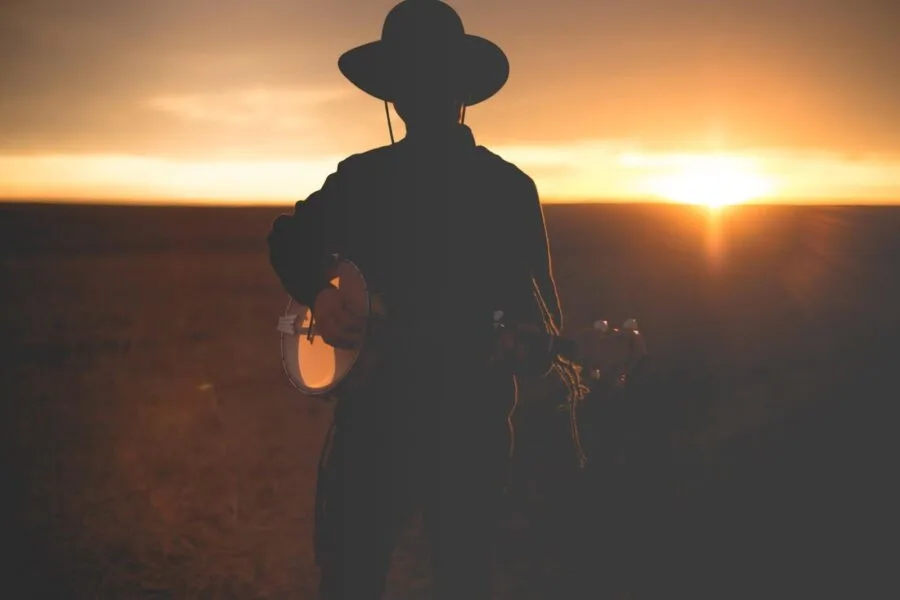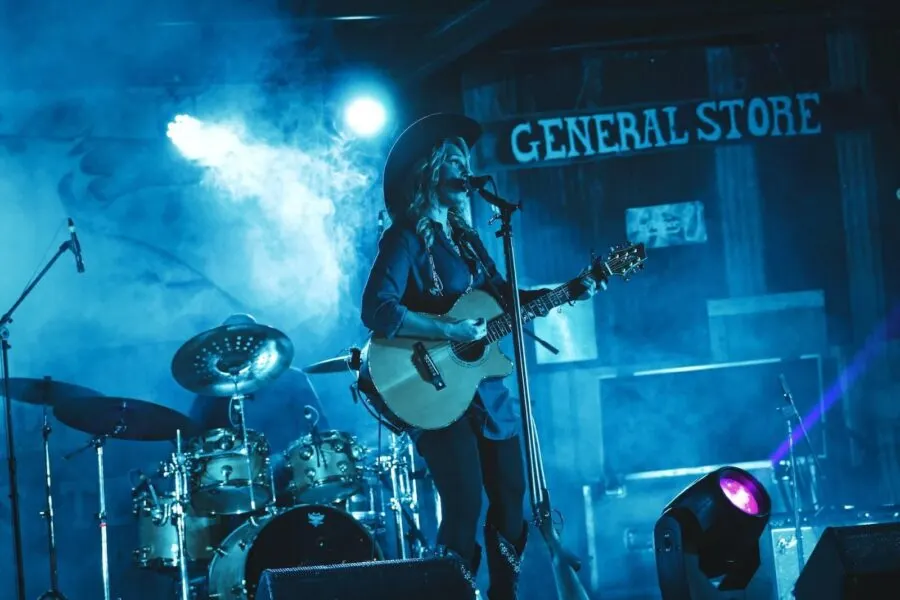
Photo by Ben White on Unsplash
Country music, an essential part of American culture, has grown tremendously in popularity over the past few decades. The genre, which originated in the Southern US in the early 20th century, has now become a global phenomenon, with fans across continents and cultures.
From Nashville to the world, American country music has captured the hearts and minds of music fans everywhere with its unique blend of storytelling, melodies, and rhythms that speak to universal human experiences. With its roots in folk and blues, it has grown to incorporate elements of pop, rock, and other genres, making it accessible and relatable to a broader audience.
Keep reading to explore the global appeal of American country music, looking at how it has evolved and diversified to attract a diverse fan base. As we delve into the history of the genre, we’ll highlight some of the key moments that have shaped its development and examine the role of contemporary artists in shaping its future. So whether you’re a die-hard fan or new to the world of country music, join us as we take a journey through the rich and vibrant world of American country music.

Where it all began
The origins of country music can be traced back to the early 1900s in the Southern US. The genre was born out of a mix of folk and blues music, with early pioneers like Jimmie Rodgers and the Carter Family creating a unique sound that spoke to the rural working-class communities in the South. Their songs often focused on everyday struggles like poverty and hard work, and they used simple acoustic instruments like the guitar, banjo and fiddle to create their music.
In the 1940s and 1950s, country music began to evolve and diversify with the emergence of artists like Hank Williams and Patsy Cline. Williams, known as the “Hillbilly Shakespeare,” brought a new level of emotional depth to country music. Cline, on the other hand, brought a new level of sophistication to the genre with her smooth, silky voice and her ability to sing ballads and up-tempo songs with equal ease.
The 1960s saw the rise of the Nashville Sound, which brought country music into the mainstream. This new sound was characterized by lush string arrangements and polished production values, and it was embraced by a wider audience. Artists like Jim Reeves, Eddy Arnold and Patsy Cline’s successor, Tammy Wynette, became household names, and their music dominated the airwaves.
In the ‘70s, country music began to take on a more rock-oriented sound with the emergence of artists like Waylon Jennings and Willie Nelson. Dubbed the “Outlaw” movement, these artists rejected the polished Nashville Sound and embraced a rougher, more rebellious style. Their music often focused on themes of freedom, independence and living life on one’s own terms, and it spoke to a new generation of fans.
The ‘80s and ‘90s saw the rise of “new country,” which brought a more pop-oriented sound to the genre. Artists like Garth Brooks, Shania Twain and Faith Hill became superstars, selling millions of albums and dominating the charts with music featuring slick production values, catchy hooks and lyrics that spoke to a wide range of audiences.

The modern era
Today, country music has become one of the most popular genres in the world, with fans across continents and cultures. It has diversified even further than before, with artists incorporating elements of hip-hop, R&B and other genres into their music. This evolution has been driven by a new generation of artists who are willing to push the boundaries of the genre and create sounds that speak to a wider fan base.
One of the key factors driving the diversification of country music is the changing demographics of its audience. While the genre was once dominated by rural fans, today’s listeners come from all walks of life. This shift has been reflected in the music itself, with artists like Kane Brown, Jimmie Allen and Mickey Guyton bringing a new level of diversity to the genre.
Another factor driving the diversification of country music is the rise of streaming services like Spotify and Apple Music. These platforms have made it easier than ever for fans to discover new music and for artists to reach a wider audience. Streaming has enabled country music to cross borders and reach fans around the world, breaking down barriers and introducing the genre to new listeners.
Contemporary country artists are also incorporating a wider range of themes and subject matter into their music, which has helped to attract a larger fan base. While traditional country music often focuses on rural life and working-class struggles, contemporary artists are exploring a wider range of topics. For example, Kacey Musgraves’ album “Golden Hour” explores themes of love, loss and self-discovery, while Chris Stapleton’s music often focuses on personal struggles and redemption.
In addition to expanding the range of subject matter, contemporary country artists are also incorporating a wider range of musical influences into their music. This has helped to break down the boundaries between country and other genres, making it more accessible to fans who may not have considered themselves country music fans in the past.
For example, artists like Maren Morris and Dan + Shay have incorporated pop and R&B elements into their music, while artists like Lil Nas X and Blanco Brown have incorporated hip-hop and rap into their country-infused songs.
From its origins in folk and blues to the rise of the Nashville Sound, the Outlaw movement and new country, the genre has undergone many transformations over the years. Today, a new generation of artists is pushing the boundaries of the genre, incorporating new sounds and themes and attracting fans from all walks of life.
Click here to view the visual story version of this article.
